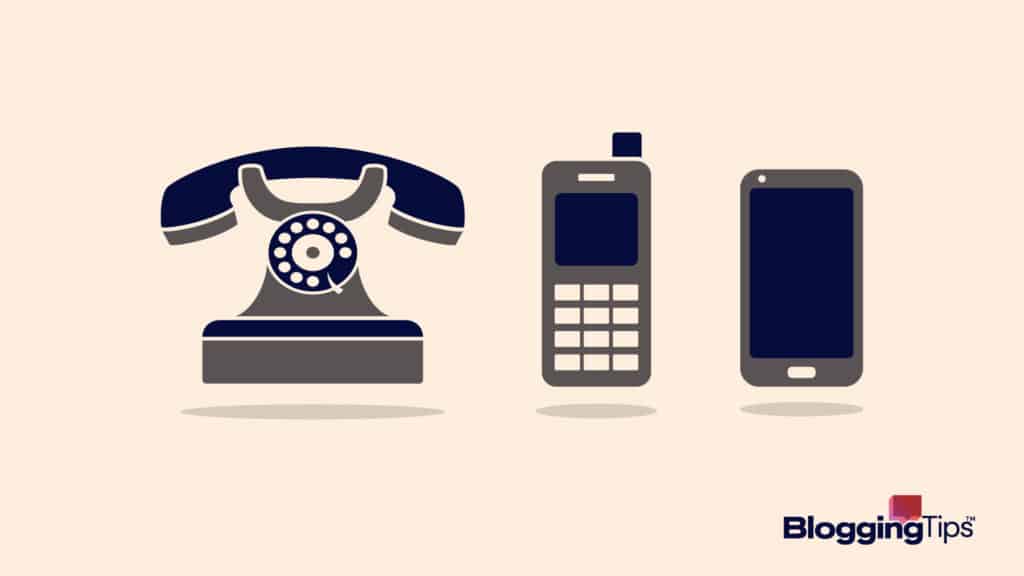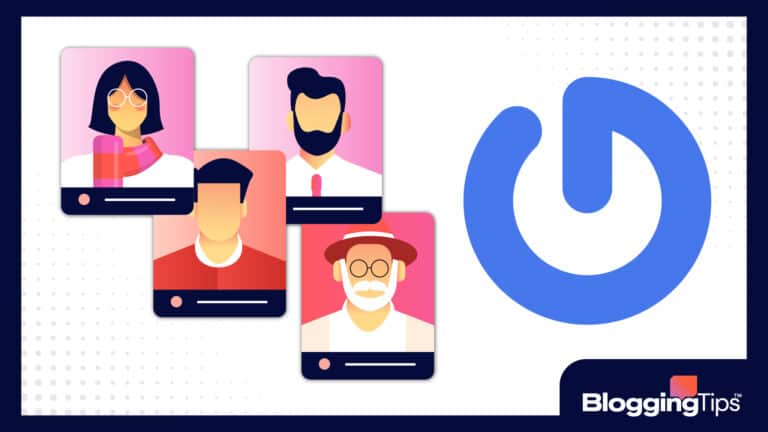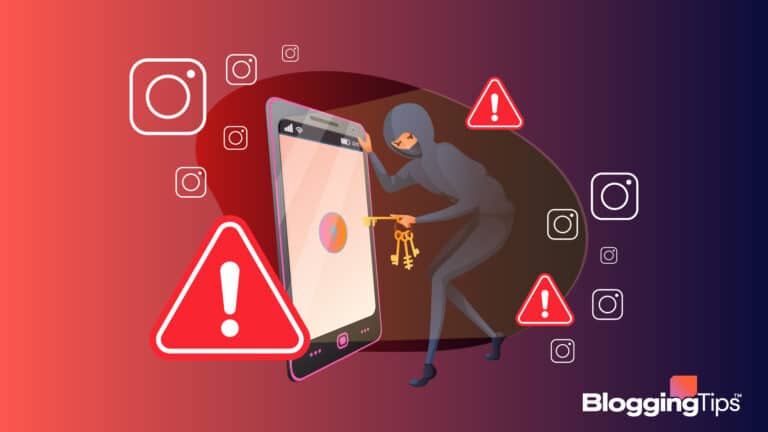Communication is vital for so many areas of life, from relationships to business.
Since technology changes so quickly, the forms and platforms of connection also change.
Correspondence during remote work and travel is essential for seamless work.
You need to know how changes in technology affect communication.
It helps you be proactive in keeping communication alive.
You may not need cutting-edge technology, but knowing about the changes helps to decide if you need it.
Why is Communication Important?
Effective business communication prevents misunderstandings and strengthens cooperation in the workplace.
It facilitates relationships and improves teamwork.
Many things require communication, including:
- Negotiating prices or wages
- Delegating work to other team members
- Encouraging coworkers and subordinates
- Correcting misconceptions and misunderstandings
- Explaining projects and duties
- Promoting synergy between team members
What Is the Importance of Technology in Communication?
Especially in recent years, technology is an integral part of communication.
You may need to call customers, email your supervisor, or order from a vendor – these all involve technology communication.
People prefer face-to-face conversation to prevent misunderstandings.
Unfortunately, meeting in person is more difficult than it once was.
When you communicate the important information or the latest news, your marketing team stays ahead of the game.
You use your cell phone for calling and you might access social networks on the world wide web through it.
Either way, it is an important part of daily life and better communication.
Most Common Types of Communication
You can divide communication into four main categories: verbal, nonverbal, written, and visual.
Each of these has one or more associated technological options.
The two most often used in business applications are verbal and written.
Verbal communication most often happens via phone calls.
There have been significant changes in telephones in the last 50 years.
Nearly everyone has a mobile phone, and most of them are smartphones.
People use these devices to speak to one another and for other communication methods.
Written communication has many avenues.
Some of the most common ones include:
- Social media, such as Facebook, Twitter, LinkedIn, etc.
- Texting directly from phone to phone
- Email for direct communication that involves more information
- Blogs for business, educational, and personal information sharing
5 Ways Technology has Changed Communication
Technology’s quick progression means many changes in communication in the last century.
Much of that has happened in the last couple of decades.

1. Speed
When the internet became popular in the 1990s, speeds were as slow as 1200bps.
Today, the fiber optic internet – and even cable internet – is so much faster that there is no comparison. Increased speed facilitates communication in many ways.
One of these is making face-to-face conversation possible for distant people.
2. Cost
The cost of communication has decreased.
Remember when people made calls after 9:00 PM because it was cheaper?
Now the same calls at any time of day cost no extra.
Applications such as WhatsApp remove roaming charges for those who travel overseas.
3. Quality
Accessing knowledge through a search engine is a tremendous aid to effective communication.
You can translate text from an unfamiliar language and look up definitions and concepts.
You can record calls for future reference.
Texts, messages, and emails are often searchable.
Clear up misunderstandings by seeing the original message so you can restate it.
This improves the clarity of communication.
4. Style
People moved from long-form written letters and memos to abbreviations and brevity.
They used abbreviations because the keyboards on the cell phones were too small and inconvenient for typing.
Character limits in texts and some social media channels added to the difficulty.
People began to leave out characters in words such as “ppl” (people) and “ur” (your).
Over time, abbreviations became acceptable in most situations.
Some companies even allow them in business communications.
5. Accessibility
More people have access to communication in all forms with the newer technology.
Some of the more accessible forms of communication include:
- Free forums on the internet
- Live news, podcasts, and similar media
- Affordable mobile devices and service
How Has Technology Improved Communication?
Mobile technology has had a definite effect on communication in all areas.
The effect has largely been positive. Here are some of how communication is improved.
Instant Messaging and Email
Probably the greatest improvement in communication is instant communication regardless of distance.
It used to take months to receive a response to a letter.
Now people can get an answer in seconds, even from the other side of the world.
Digital communication’s flexibility helps with both personal and business relationships.
Because of the speed of electronic messages, it is more reliable than snail mail.
There is no physical paper or envelope to be lost or damaged.
People send sensitive data through secure channels, which often prevents interception.
Reach
Unlike print media, technological advances in new media make it possible to reach the entire world.
Other than remote regions that lack internet access, connectivity is nearly everywhere.
Even in remote places, satellite connections are often available.
People on all continents view advertisements placed on social networking sites.
Marketing
Technology facilitates a business marketing campaign in many ways.
Advertisements on social media are relatively inexpensive and reach a large audience.
Potential customers order products and services, and location is less of an obstacle.
Companies can advertise through SMS (text messaging) to people who opt in.
Advertisements show up in applications of all types, including games and productivity apps.
Training
Using virtual reality or a video call allows a mentor to teach a new employee the ins and outs of the job without needing to be physically present.
Disadvantages of Communication Technology
The convenience of communicating through new technology comes with potential downsides.
While the disadvantages are not unavoidable, it is important to mitigate them if possible.
Detachment
The increase in social media usage ironically decreased social interaction outside of electronics.
Being behind a screen often disassociates people from their messages.
Disassociation sometimes results in people being less courteous than in person.
The impersonal facet of a social media platform causes tone and aspect to be lost.
While artificial intelligence has come a long way, it cannot replace speaking person-to-person.
Visible reactions and facial expressions help to remove the sense of detachment.
Privacy Concerns
Privacy is more of an illusion with online communication, as well.
Public forums and social media make communications largely public.
People find out more about people than the writer realizes, over time.
Hackers attack servers to access personal data like credit cards and banking information.
Thankfully, the security of most online companies is sufficient to prevent such breaches.
It also helps to make people aware of the possibilities and encourage personal security such as stronger passwords.
Power Limitations
The limited battery life of cell phones and tablets is another potential disadvantage.
When people are in a remote location, they may not have access to a power source.
If the mobile device runs out of power, communication is interrupted.
Having a power bank with you mitigates this disadvantage in most cases.
How Technology has Changed Communication in the Workplace
Workplace communication has evolved to be faster, more efficient, and more effective.
Keep a communication channel open to ensure good public relations and customer satisfaction.
Modern technology is largely responsible for the changes.
Mobile Telecommunications Products
No longer tied to a desk to make a phone call, employees can communicate on the go with mobile devices.
The ubiquitous smartphones replaced personal digital assistants (PDAs).
People also use tablets and laptops to communicate through instant message programs.
Mobile devices allow people to stay connected at all times.
Video Conferencing Platforms
You learn a lot by seeing reactions and body language when conversing.
Video chat allows face-to-face conversations from a distance.
The important context cues from facial expressions become available again through videoconferencing.
Cloud-based Collaboration
Services like Google Docs and Trello allow groups to work together on projects even when they are not together physically.
The team can be in the four corners of the earth and still work on the same document.
Channel-based Messaging Platforms
Online platforms such as Slack pull all the productivity communication together into one place.
Each project gets a separate channel and team members access the channel to read or add to project information.
Internal communications stay there for future reference.
Online Forms
When one person needs information from many others, the most efficient way to collect the data is through an online form.
All the individual answers are aggregated and the collected data is compiled.
The Last Word
Communications grow and evolve as the means of communication change.
Technological advancement improves quality and accessibility.
Work continues without interruption wherever employees are.
They may be at the office, working remotely, or traveling.
Team members remain in contact through applications, phone calls, video calls, and instant messages.
Communication technology will continue to evolve.
Companies will make more improvements.
The focus will be on efficiency, quality, and reliability.
Whatever technology you implement for communication, the main thing is to keep communicating.







